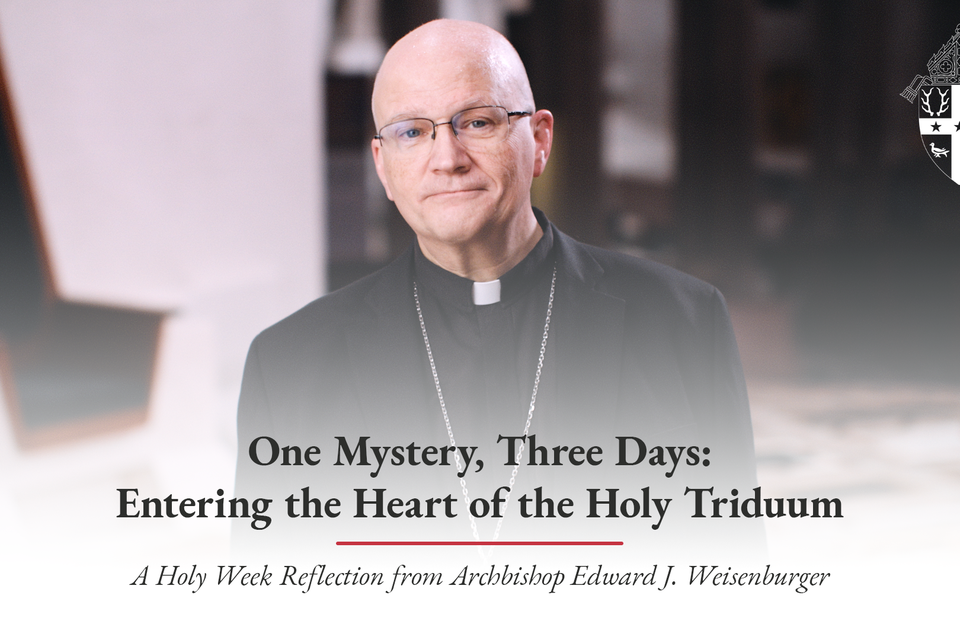(OSV News) ─ In 2009, Jessica Hooten Wilson was freshly finished with her doctoral dissertation, which included the Southern Catholic writer Flannery O'Connor. Over dinner at an academic conference in Rome, a revered O'Connor scholar mentioned to her the writer's unfinished novel. Wilson was intrigued, and later that year she traveled to see it herself at Georgia College & State University in Milledgeville, Georgia, which holds O'Connor's papers in its archives.
What Wilson found was a dozen or so fragments amounting to 378 pages, scenes written and rewritten, under the working title "Why Do the Heathen Rage?" The jumble had disappointed or confounded the few other O'Connor scholars who had read them over the past half-century, but Wilson was determined to bring the work to life -- somehow.
The result of her decade of work was published Jan. 23 by Brazos Press. Titled "Flannery O'Connor's Why Do the Heathen Rage? A Behind-the-Scenes Look at a Work in Progress," the 192-page book pairs O'Connor's fragments with Wilson's commentary on the events and writings that influence them.
"Flannery's story doesn't get started -- it's more like the premise for an amazing novel that never begins," Wilson, who holds the Fletcher Jones Endowed Chair of Great Books at Pepperdine University in Malibu, California, told OSV News.
"She has the conversion moment happen at the beginning of the story, and in most of Flannery's stories, the climax is the moment of grace that intrudes violently into the characters," Wilson said of the unfinished novel. "Instead, she has this gradual epiphany that occurs via this character's intellectual discovery and growing relationships. It's very subdued compared to the rest of O'Connor, which meant the whole novel would have been an unveiling of what a life in Christ would have looked like, which is so different than what she's done before."
When O'Connor died of lupus-related complications at age 39 in 1964, she had completed two novels and 31 short fiction stories. Her work is often characterized as Southern Gothic, with physically deformed or otherwise grotesque characters who blur between victims and villains amid sometimes violent situations. Rooted in her Catholicism, O'Connor's work reveals those characters' encounters with God's grace.
O'Connor wrote from her mother's farm near Milledgeville, and her daily routine included prayer, Mass, and correspondence with readers, other writers and intellectuals from around the country. She famously kept peacocks.
Wilson's interest in O'Connor began as a teen, when a writing instructor gave her O'Connor's short story "The Life You Save May Be Your Own" and suggested Wilson model her own writing on it. She went on to study writing at Pepperdine and the University of Dallas, before earning a doctorate in religion and literature at Baylor University, where she wrote her dissertation on O'Connor and the Russian novelist Fyodor Dostoevsky. She has published several books on literature and Christianity.
When determining how to give form to O'Connor's unfinished work, Wilson considered approaching it with a scholarly, textual analysis, but "there's just no way Flannery would have wanted to see that," Wilson said. She experimented with filling the gaps with her own fiction, but that wasn't right either.
"It wasn't enough Flannery to publish as Flannery," she said.
Ultimately, Wilson decided to publish O'Connor's fragments alongside her own commentary on this work's likely influences, including national events, previous writings and personal correspondence.
"Flannery's great gift to us as readers is that she always lets us be part of her work. She's very generous to her readers in letting them figure things out, letting them interpret the story with their lives and how they live after they close her pages," she said. "And so I tried to make a book, in a sense, protecting what Flannery always did best and carrying it forward."
O'Connor published part of "Why Do the Heathen Rage" in 1963 as a short story in Esquire magazine. With its title nodding to the King James Bible's translation of Psalm 2:1, the story centers on a man who recently suffered a stroke, his wife and their 28-year-old son, Walter Tilman. The newly published fragments center on Tilman's correspondence with Oona Gibbs, a civil rights activist, in which he, a white Southerner, pretends to be Black to mock her cause, but which leads her to visit him before he can explain the truth.
In the introduction to her new book, Wilson writes, "The unfinished novel, in its dozen or so episodes, deals with political and social controversies, the civil rights movement, euthanasia, and poverty in ways O'Connor seems not to have attempted in her earlier fiction."
Wilson told OSV News that in publishing the unfinished work, she hopes to inspire more people to read O'Connor's writing.
"What I learned in the process of working with her (writings) closely is understanding she was in process," she said. "She was still growing, she was still changing, she was wrestling with things. She had her intellectual ideas that were different than her emotional responses that were different than her personal actions. The reality of a human person came to life as I was studying her as an author and as a writer."
- - -
Maria Wiering is senior writer for OSV News.










